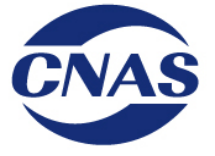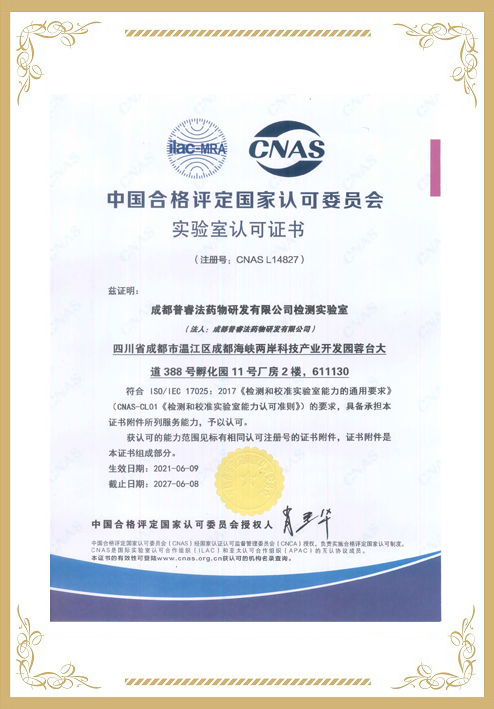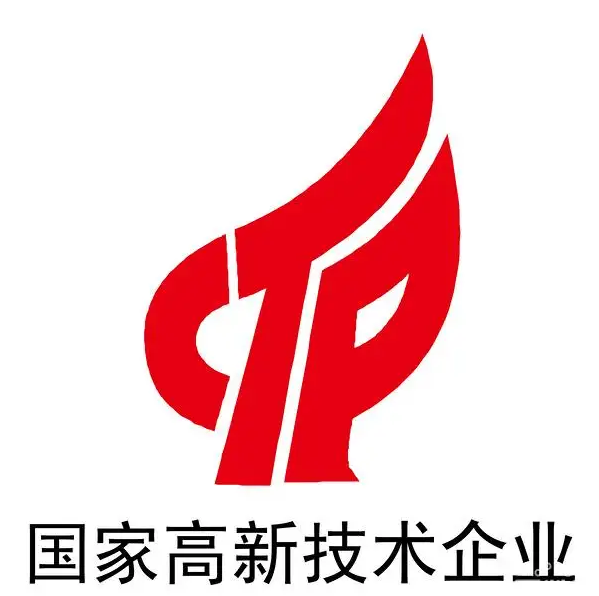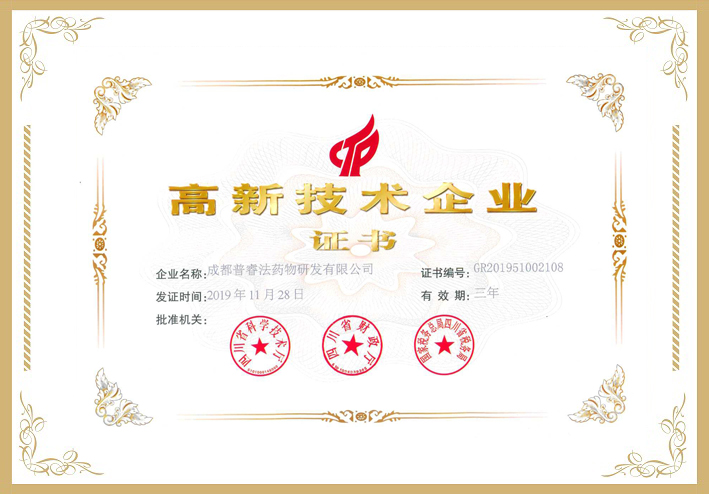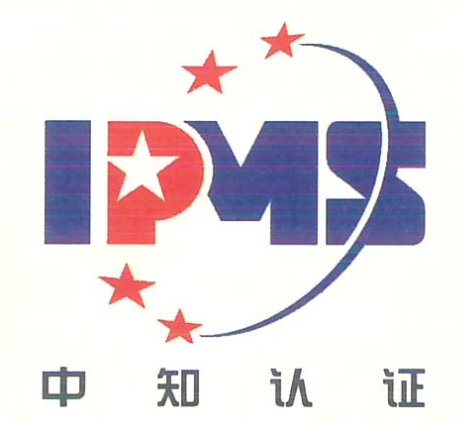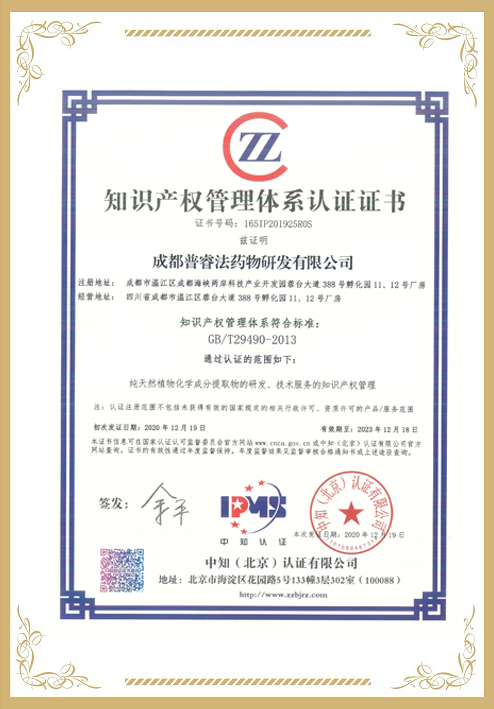Abstract
Tea consumption has positive effects on the skeletal system and prevents postmenopausal osteoporosis, mainly by inhibiting osteoclastogenesis. In green tea, (-)-epigallocatechin-3-gallate (EGCG) is the most abundant and active compound and has been shown to inhibit RANKL-induced osteoclast formation. Taking into account the highly oxidizable and unstable nature of EGCG, we hypothesized that EGCG oxidation product exhibits greater anti-osteoclastogenesis potential than EGCG. In this study, we successfully isolated and identified an EGCG oxidation derivative, (-)-gallocatechin gallate (compound 2), using a chemical oxidation strategy. We then compared the ability of compound 2 and EGCG to inhibit RANKL-induced osteoclastogenesis in RAW 264.7 cells. The results of TRAP staining and F-actin ring immunofluorescent staining showed that compound 2 exhibits stronger inhibition of RANKL-induced osteoclast differentiation and F-actin ring formation, respectively, than EGCG. Additionally, quantitative real-time PCR (qRT-PCR) and western blotting analyses showed that compound 2significantly and more strongly inhibited the expression of osteoclastogenesis-related marker genes and proteins, including c-Src, TRAP, cathepsin K, β3-Integrin, and MMP-9, compared with EGCG. Furthermore, compound 2 significantly suppressed RANKL-induced expression of NFATc1 and c-Fos, the master transcriptional regulators of osteoclastogenesis, more strongly than EGCG. Mechanistically, molecular interaction assays showed that compound 2 binds to RANK with high affinity (KD = 189 nM) and blocks RANKL–RANK interactions, thereby suppressing RANKL-induced early RANK signaling pathways including p65, JNK, ERK, and p38 in osteoclast precursors. Taken together, this study demonstrates for the first time that an oxidation derivative of EGCG (compound 2) inhibits RANKL-induced osteoclastogenesis by suppressing RANK signaling pathways in RAW 264.7 cells.
… We also explored the potential molecular mechanisms underlying the
inhibition of RANKL-induced osteoclast differentiation. 2. Materials and
methods. 2.1. Materials. High purity (>98%) grade EGCG was purchased from Biopurify…
















